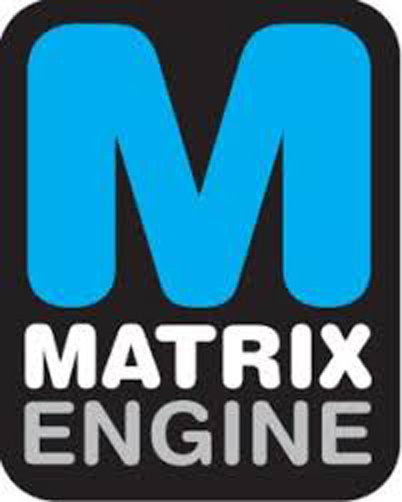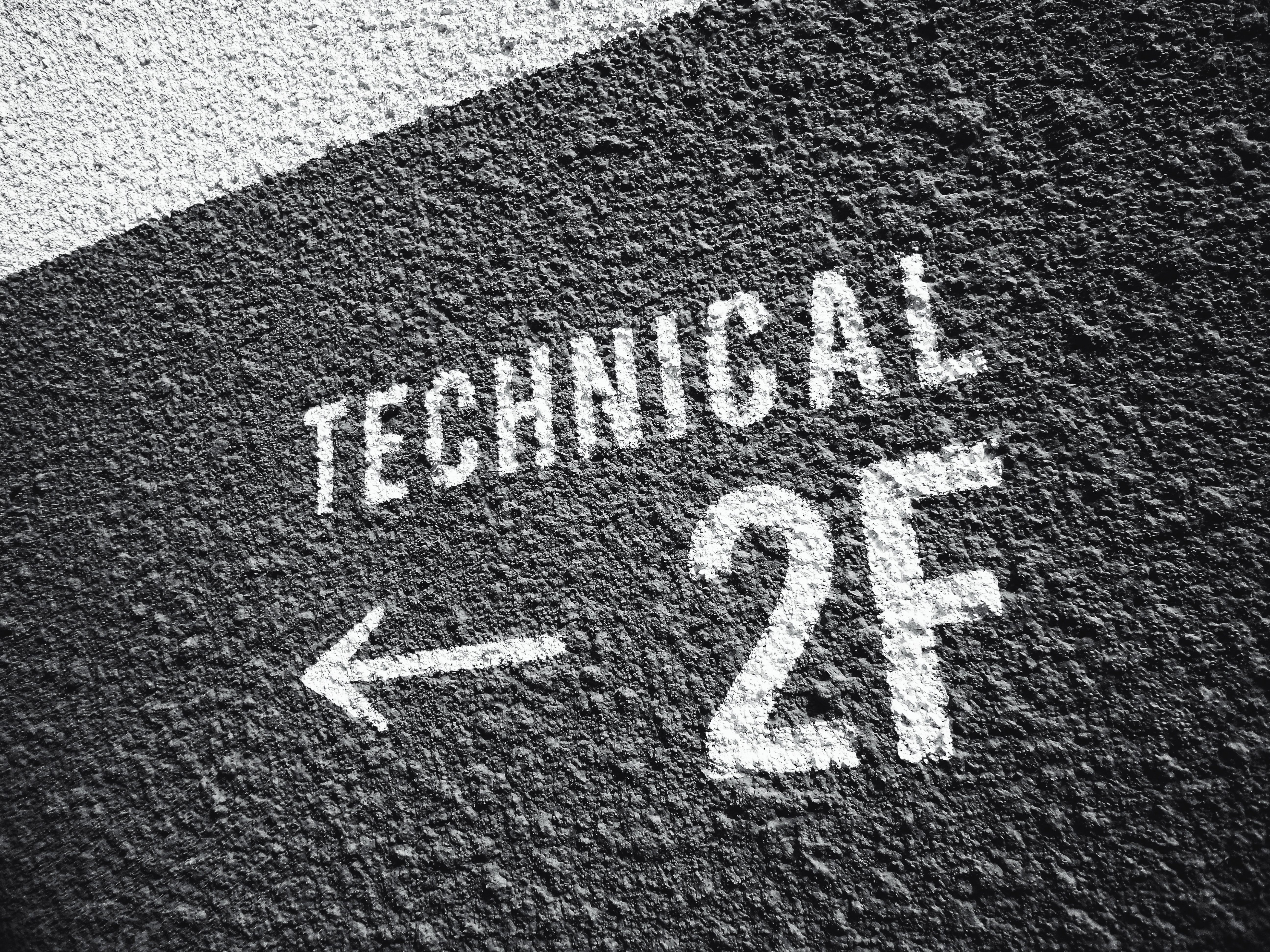
We often talk about CMMS and industrial companies
However, these tools are not only intended for this type of organisation
A CMMS is also very important in the field of transport, especially for ports that have to ensure a perfectly controlled management.
Ports play a key role in international trade as they are the first point of entry and exit for goods. Around 80% of world trade passes through ports, and for many developing countries this figure exceeds 90%.
As a result, the way the maritime sector is organised has a considerable impact on the volume of trade and on transport costs, the latter being an important factor in the competitiveness of a country and its companies
The seaway is therefore constantly subject to regulatory changes and increasing complexity.It's enough to make you get confused!
In order to facilitate their work, it is important for these infrastructures to have the necessary tools.
A good CMMS like Matrix Engine has been managing the port facilities of the Grand Port Maritime de la Guadeloupe since 2002 (180 users)
We use indicators on maintenance, quay availability, occupancy rate, type of ships operating, quay profitability... We describe all the necessary information on the buildings (height, electrical power, management...).
This description is integrated into the CMMS and once integrated we can make an accurate exchange of information and site management.
Matrix Engine CMMS allows the port management to federate these services around a common tool, to optimise the control of works, to improve communication between the different entities and to refine the analysis of maintenance costs
A good CMMS tool is therefore essential for any port complex to manage and monitor work procedures as well as compliance with the safety constraints in force in order to be sure to meet the demands of the control bodies and to satisfy the recommendations of the OCIMF (organisation that monitors compliance with the regulatory and safety standards of oil ports)

